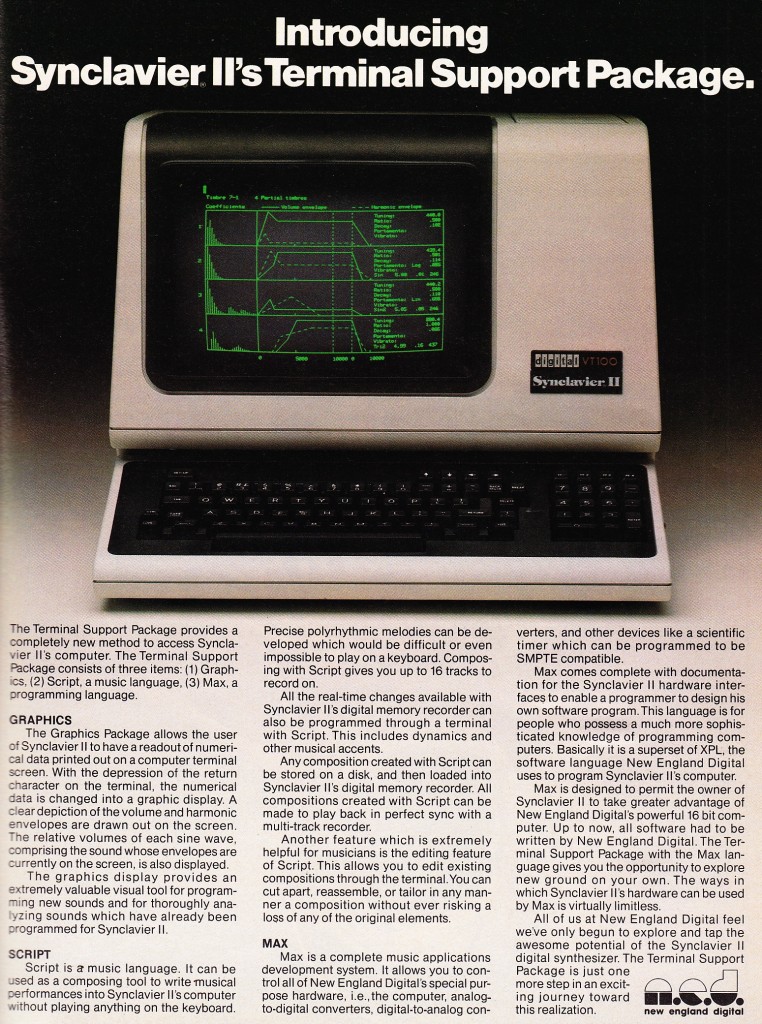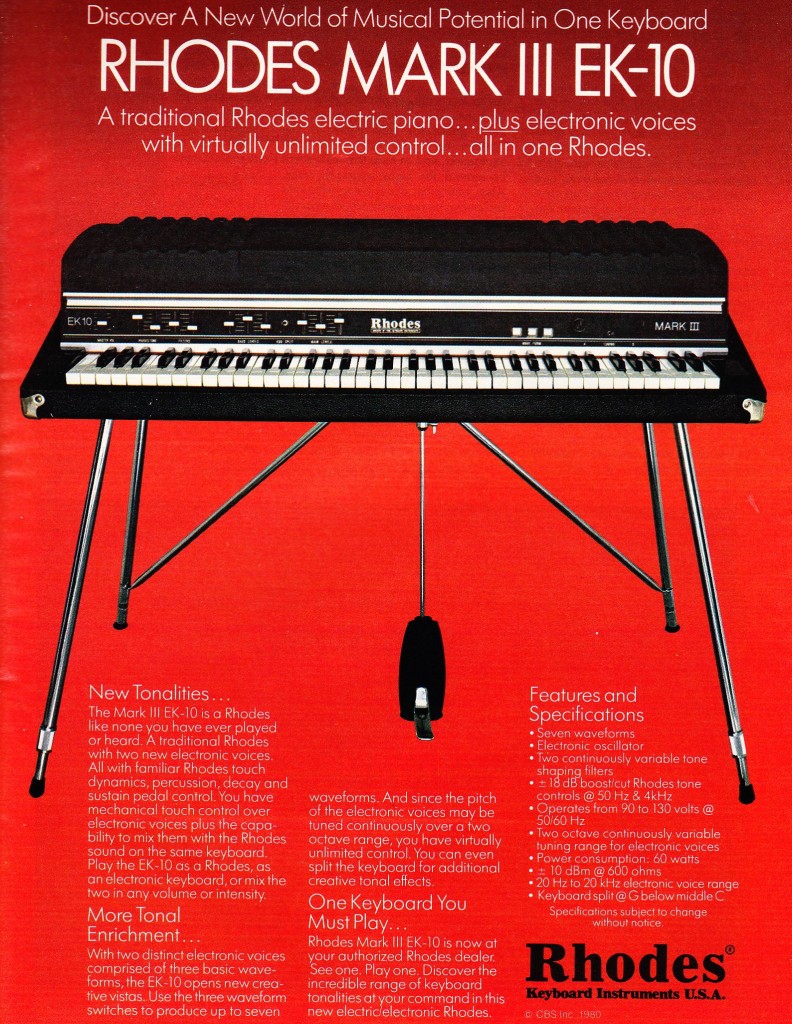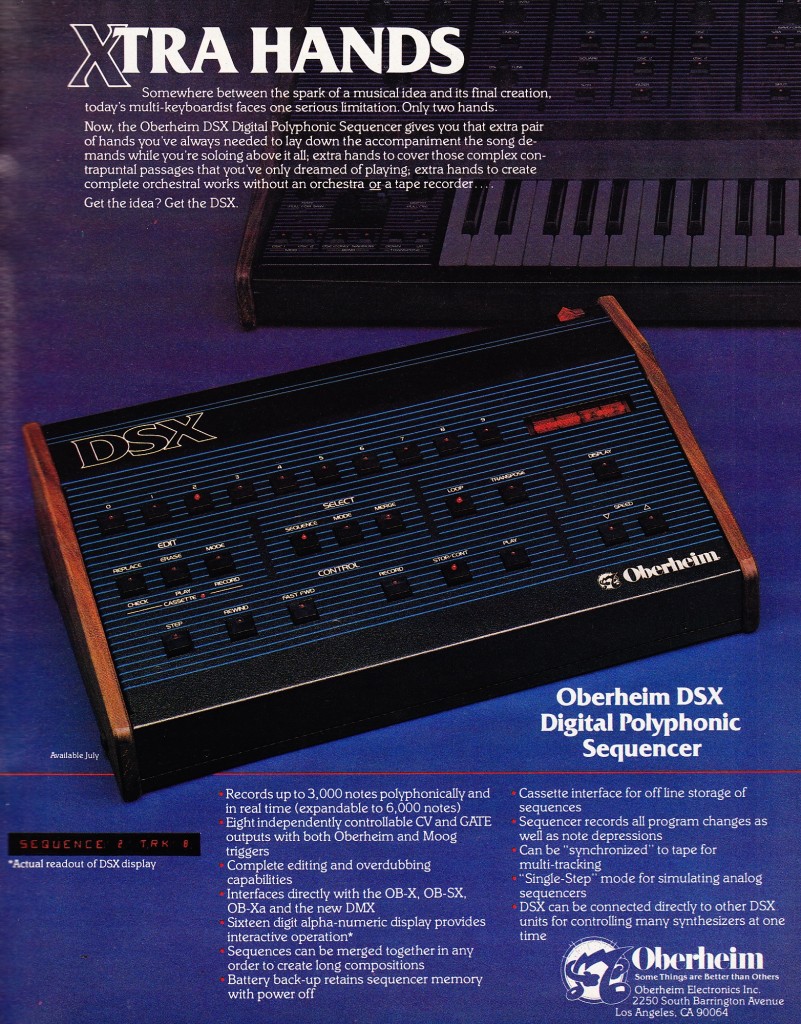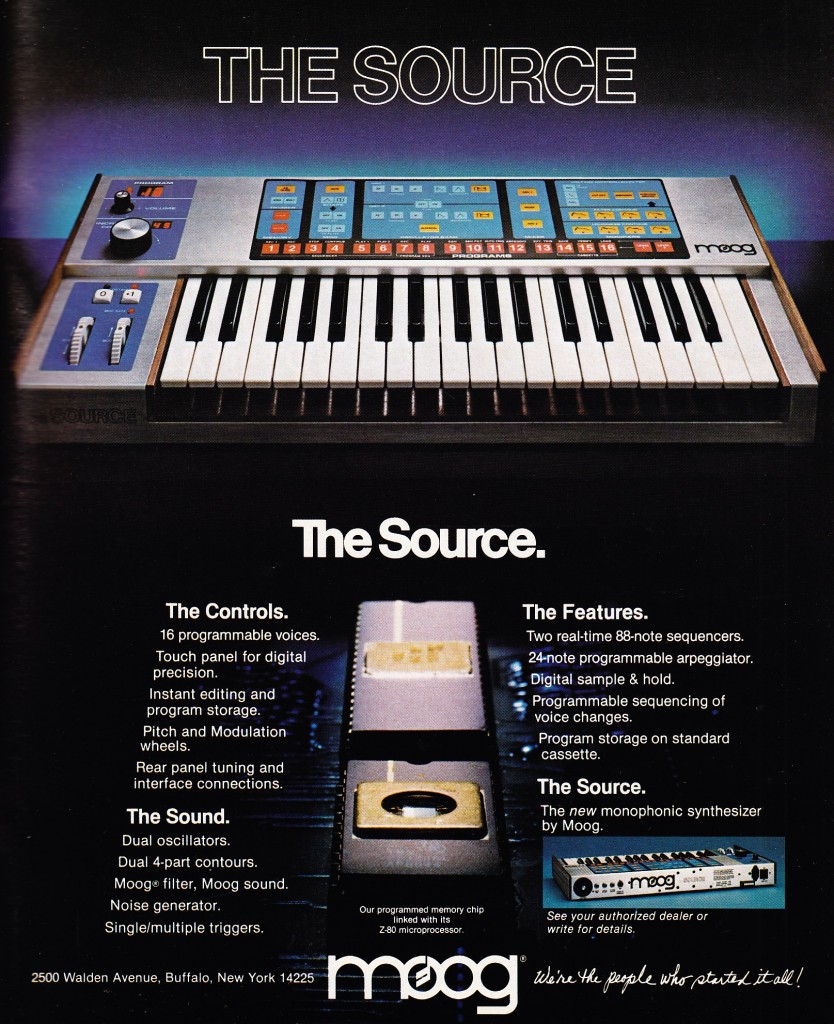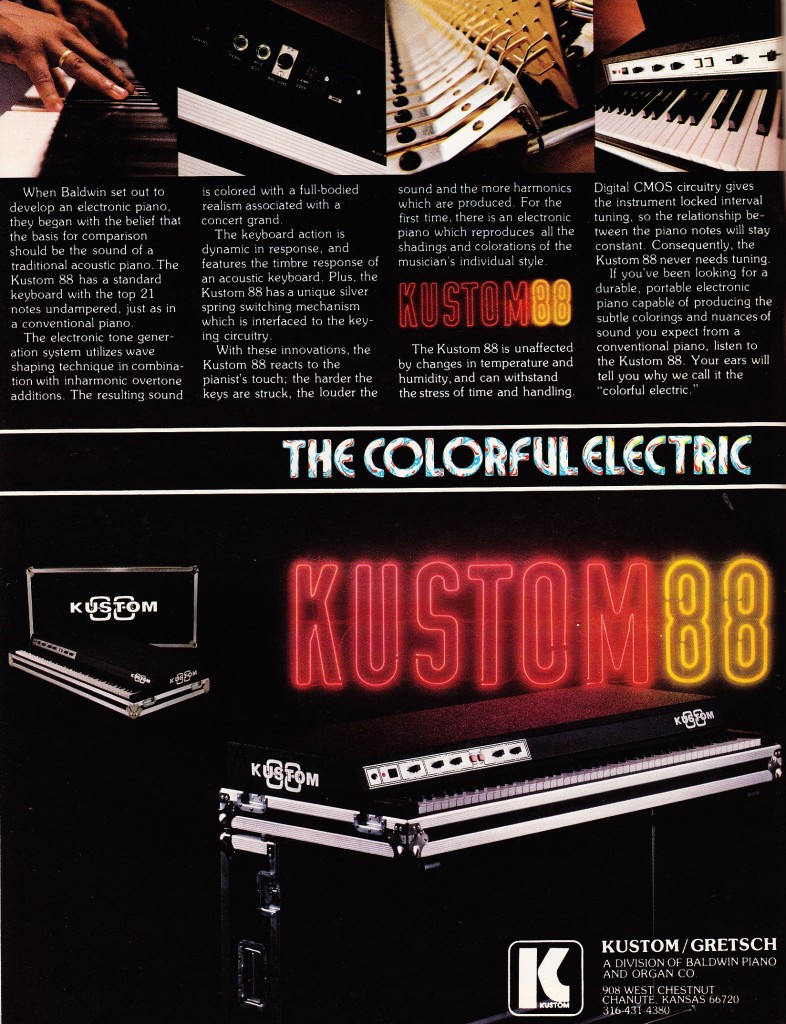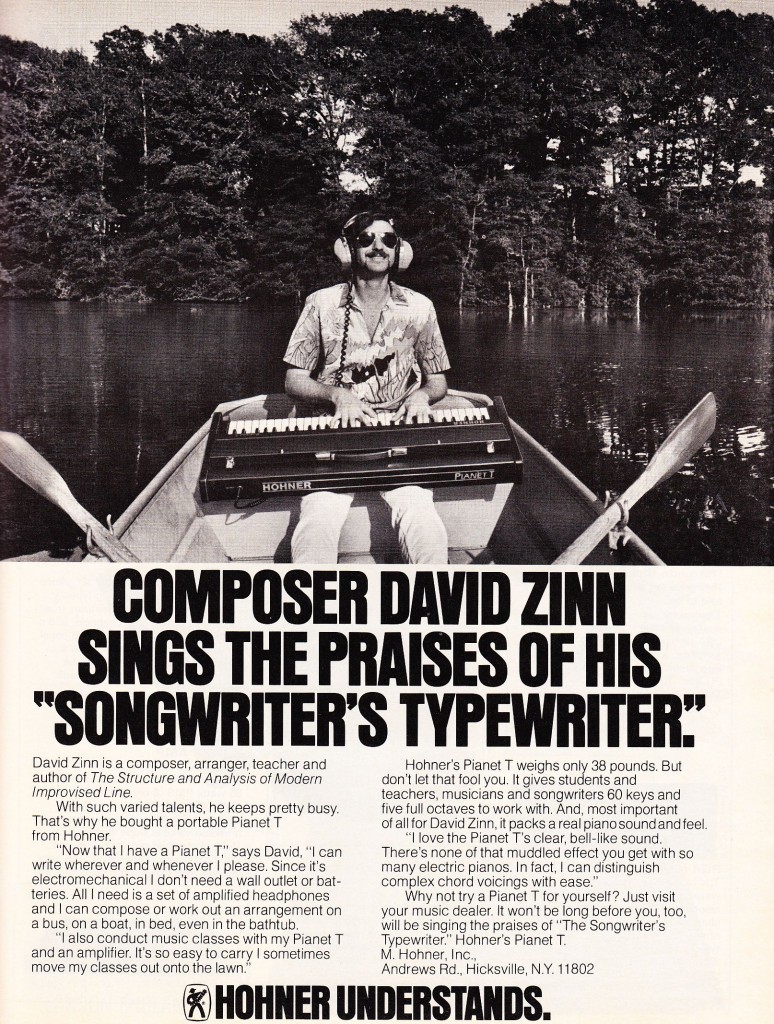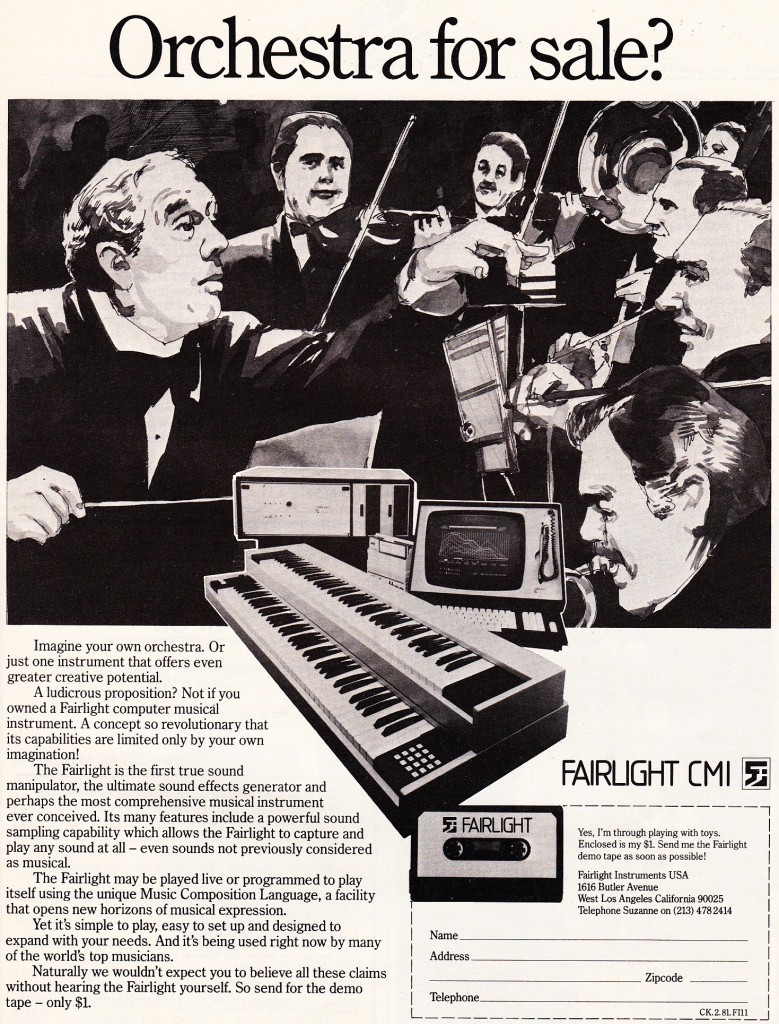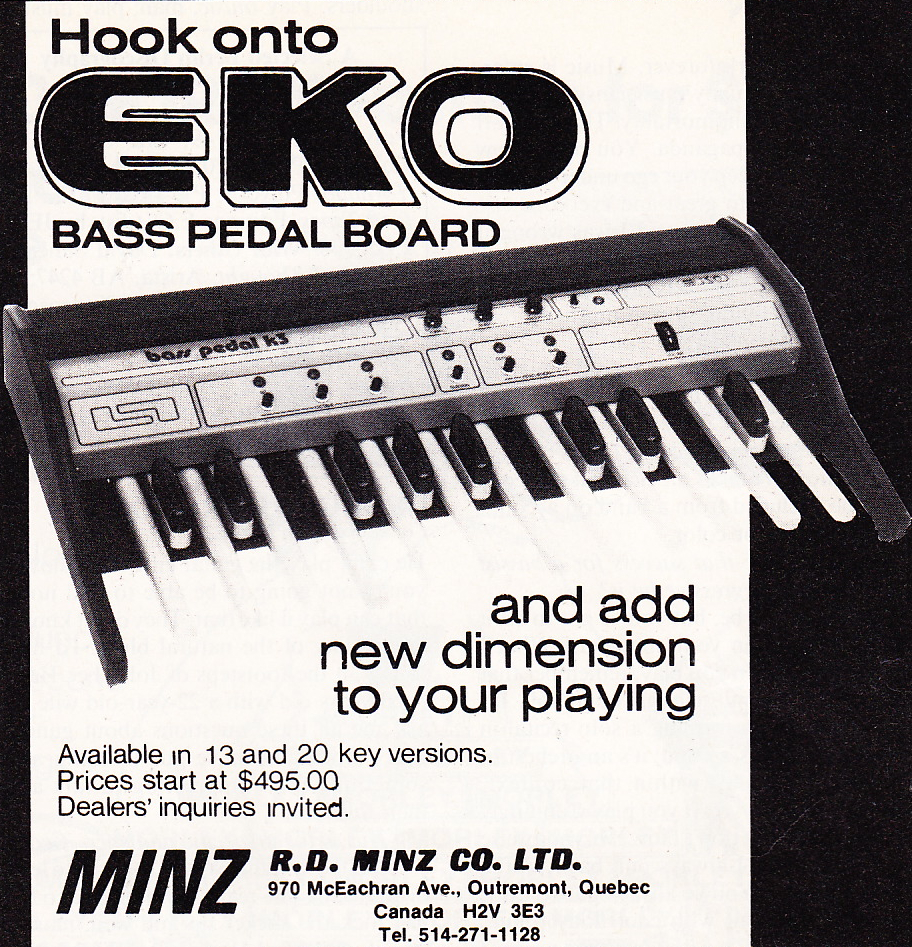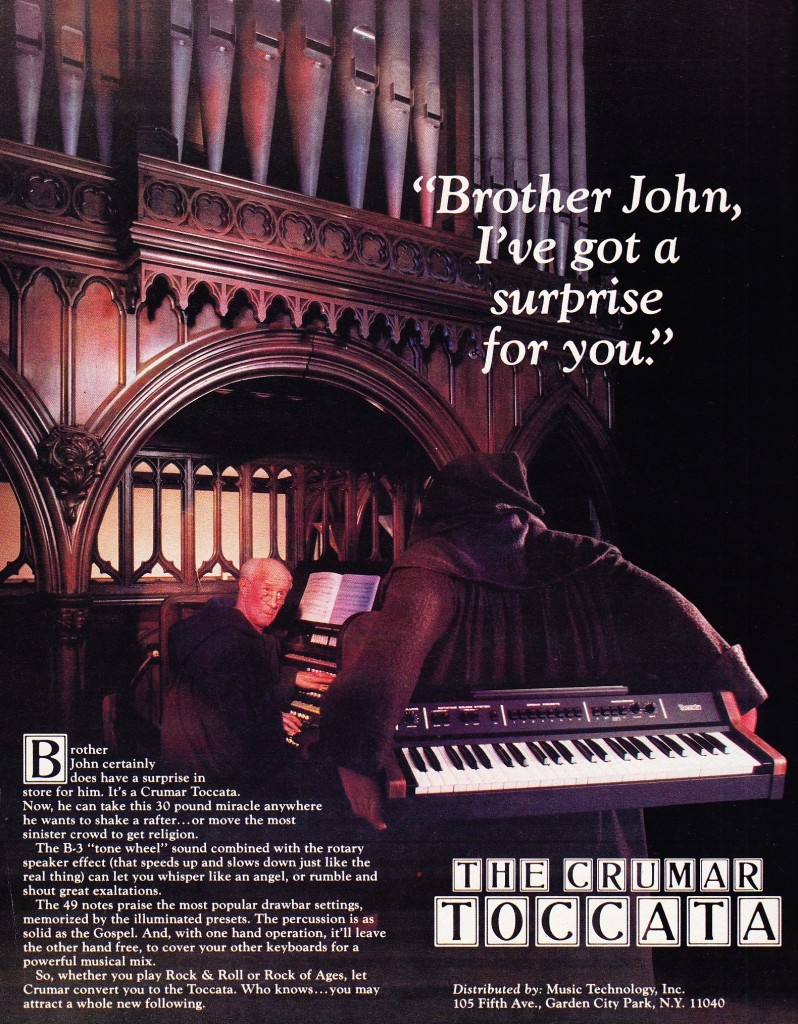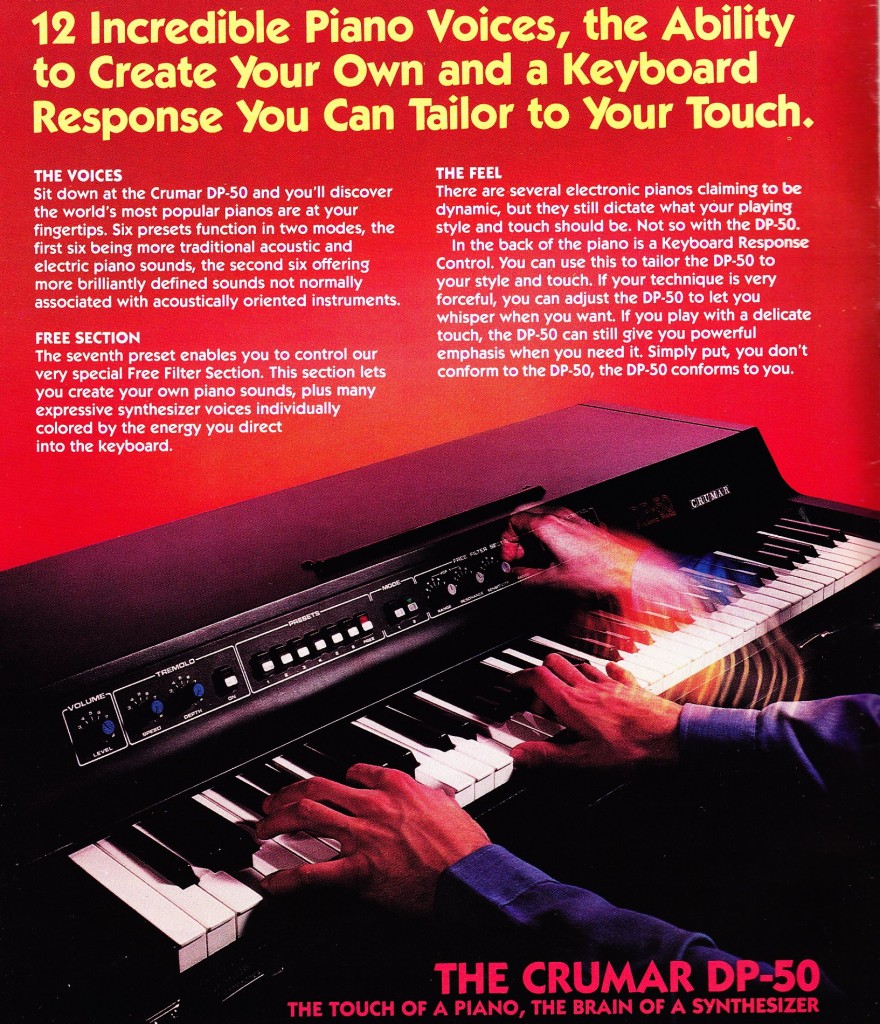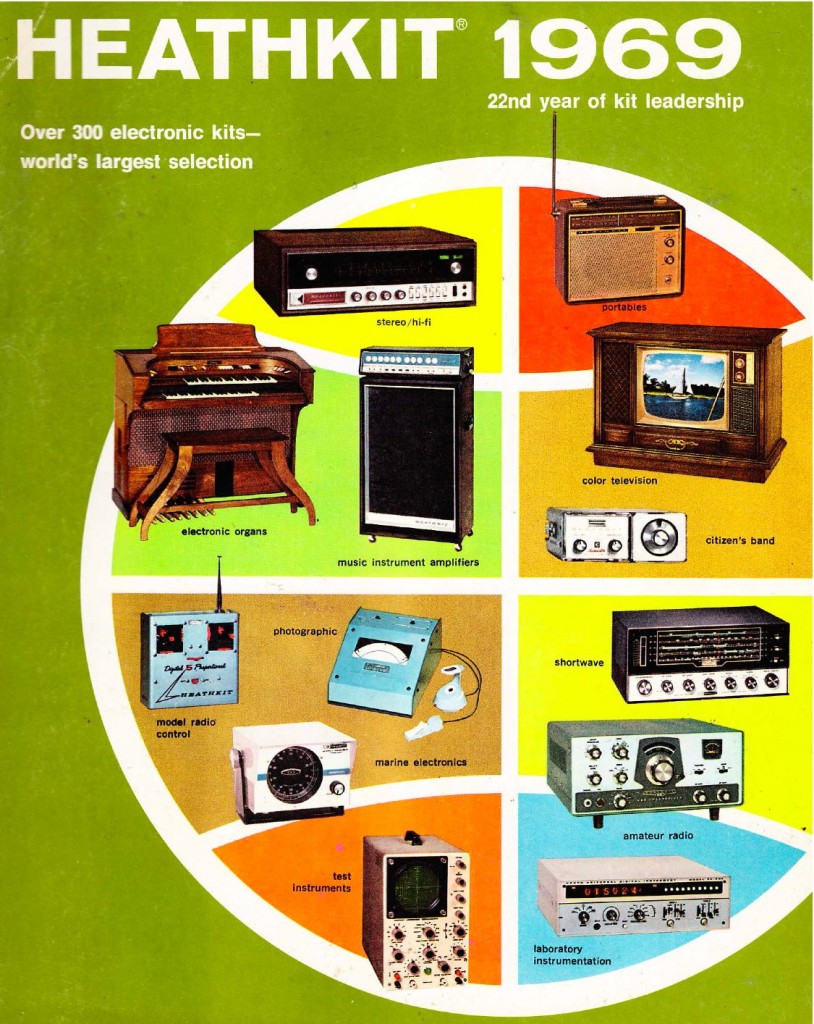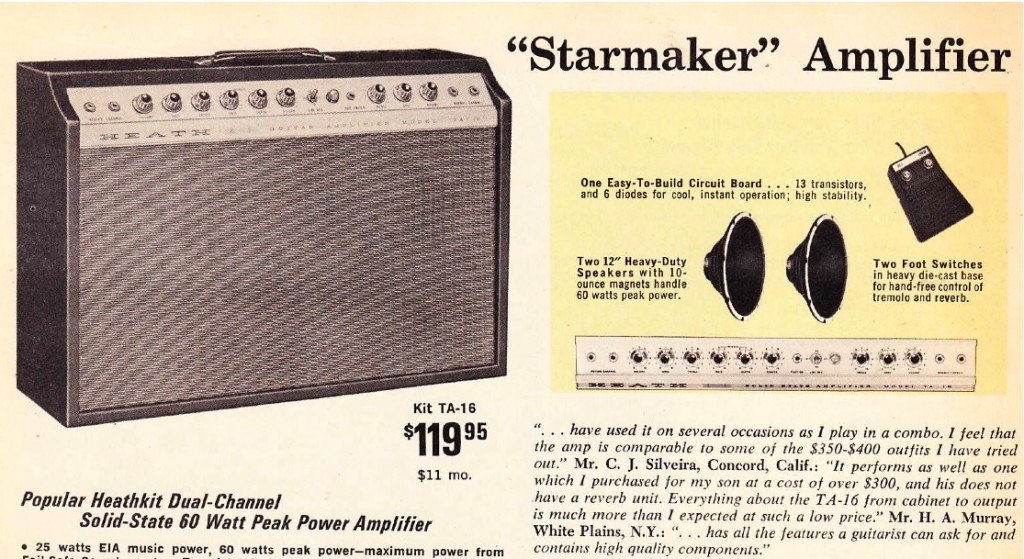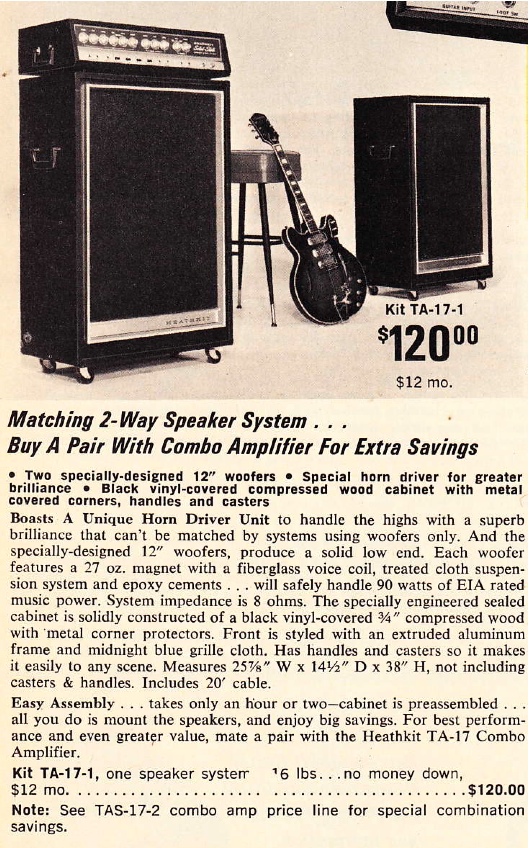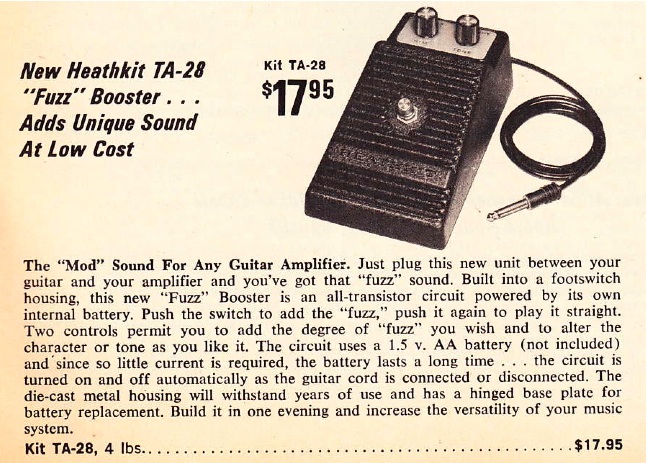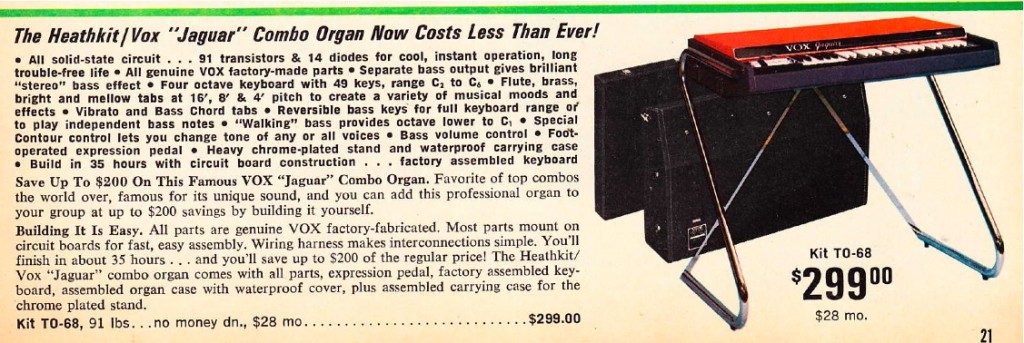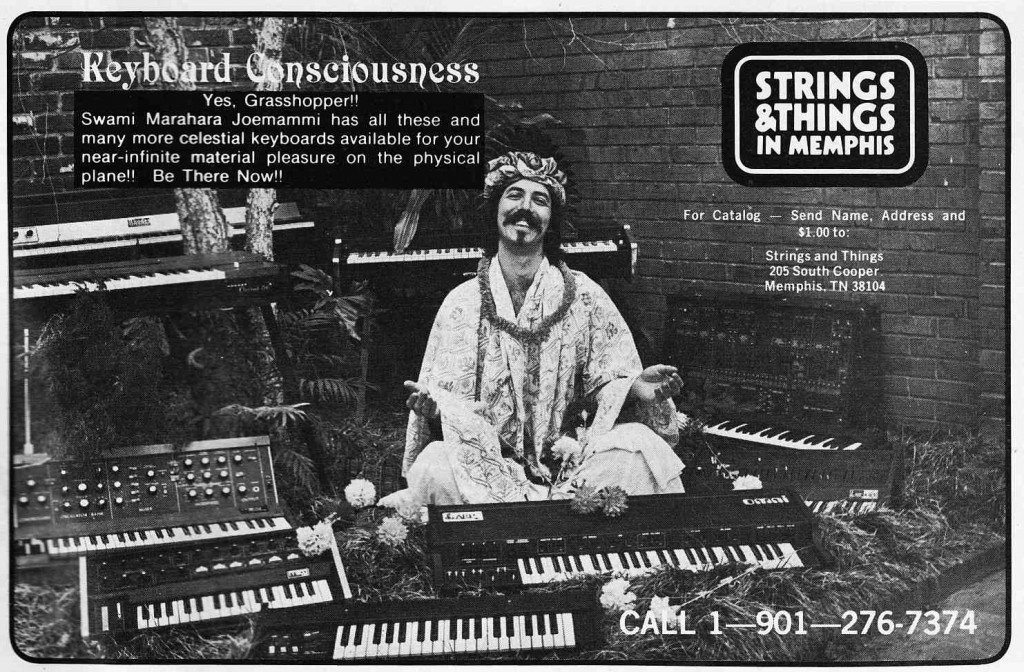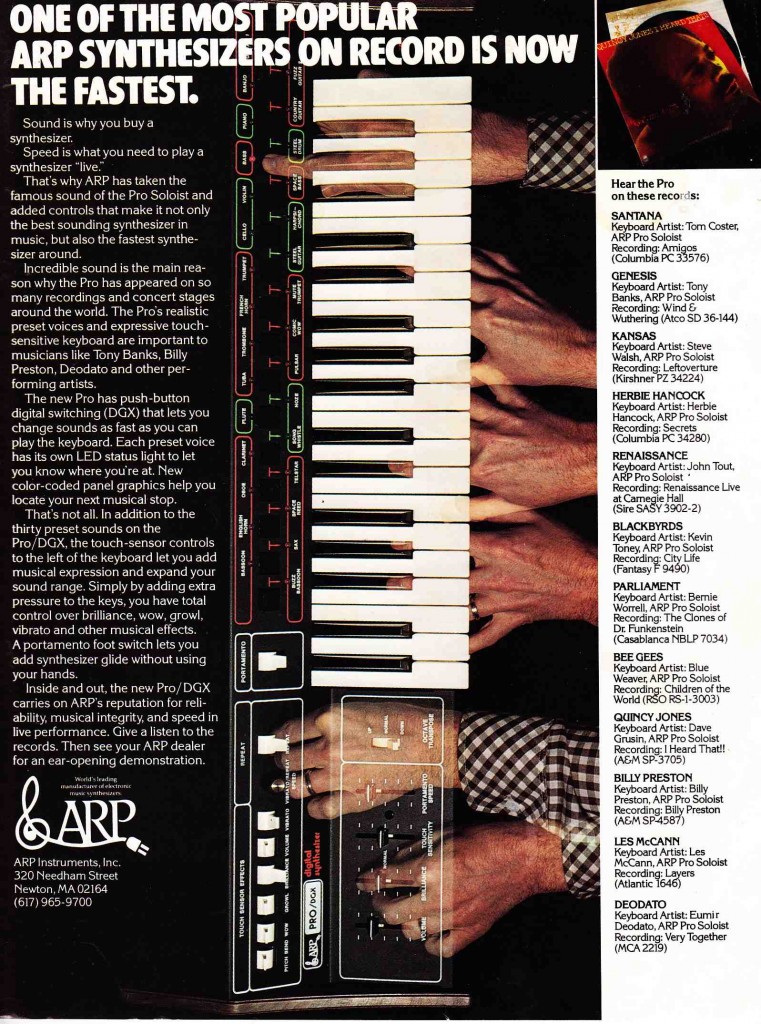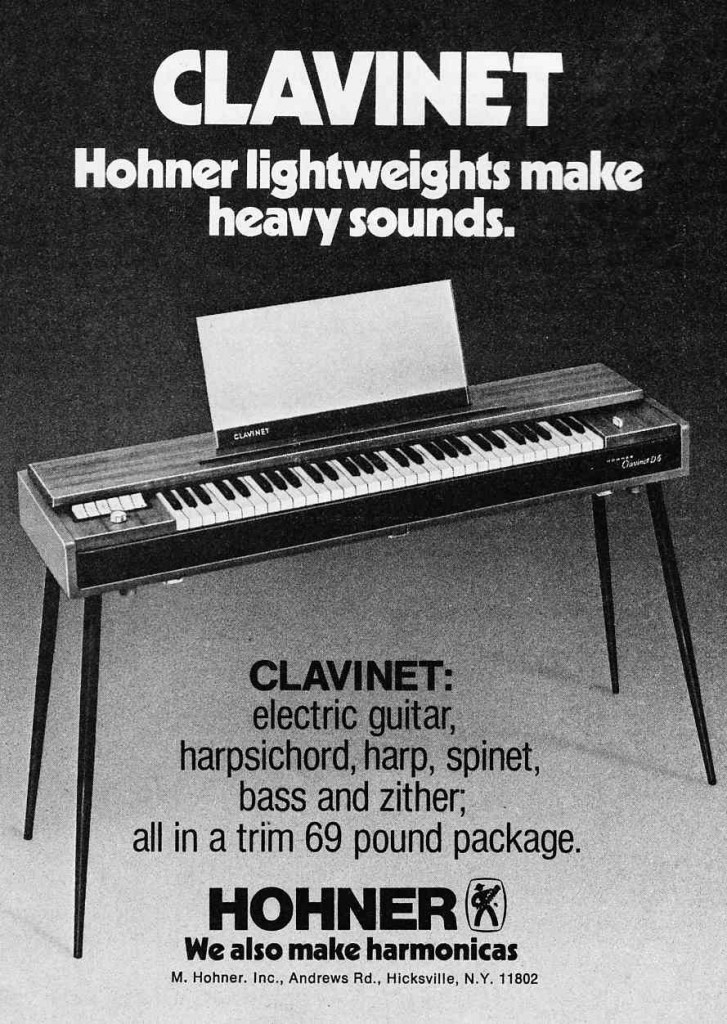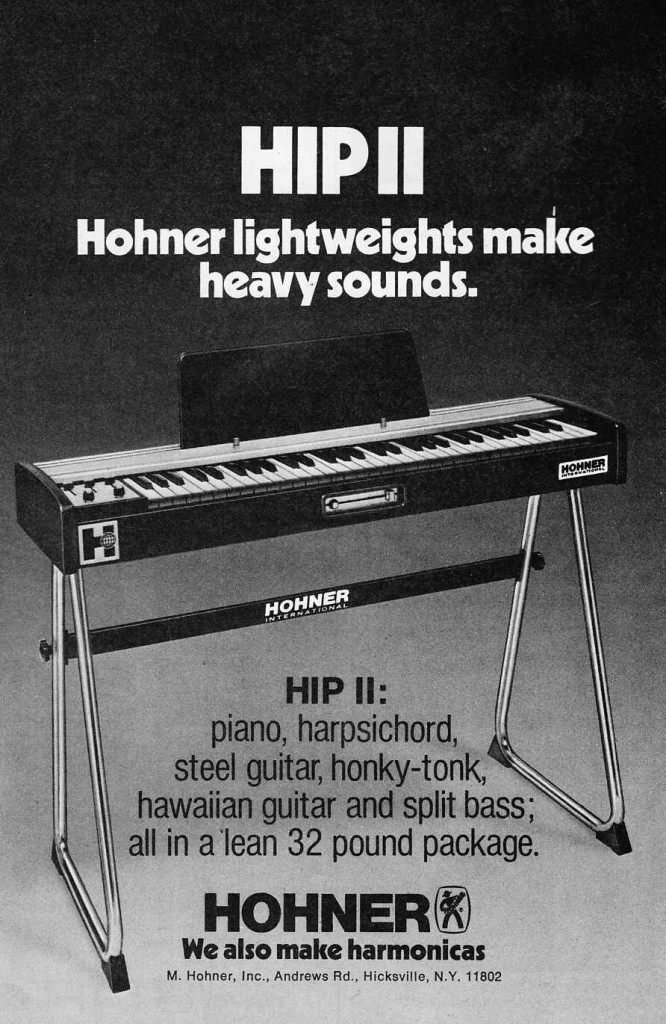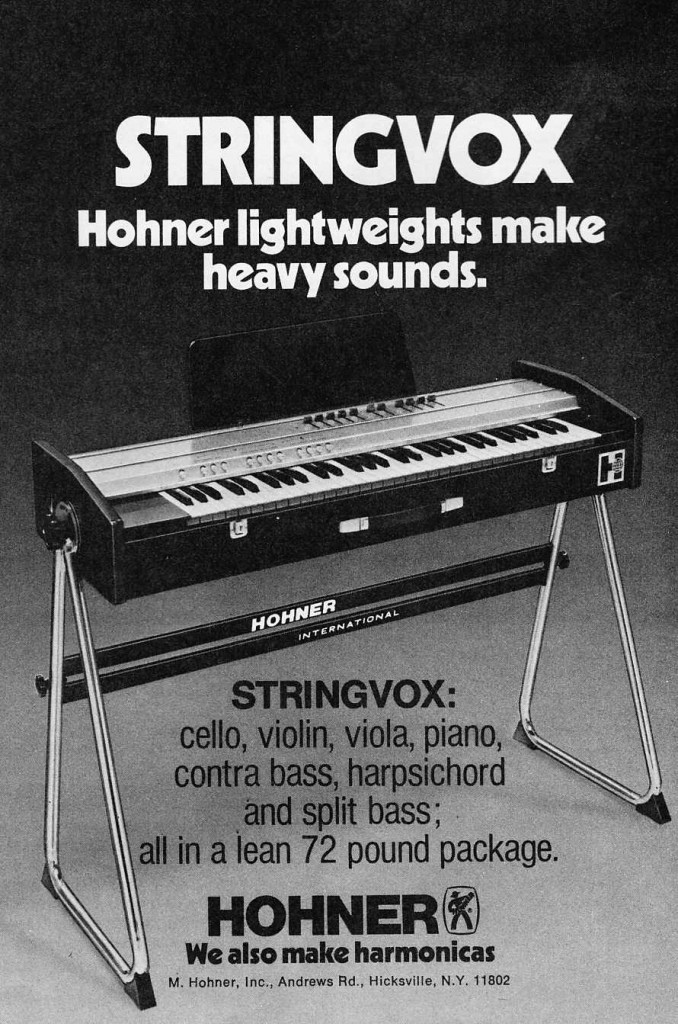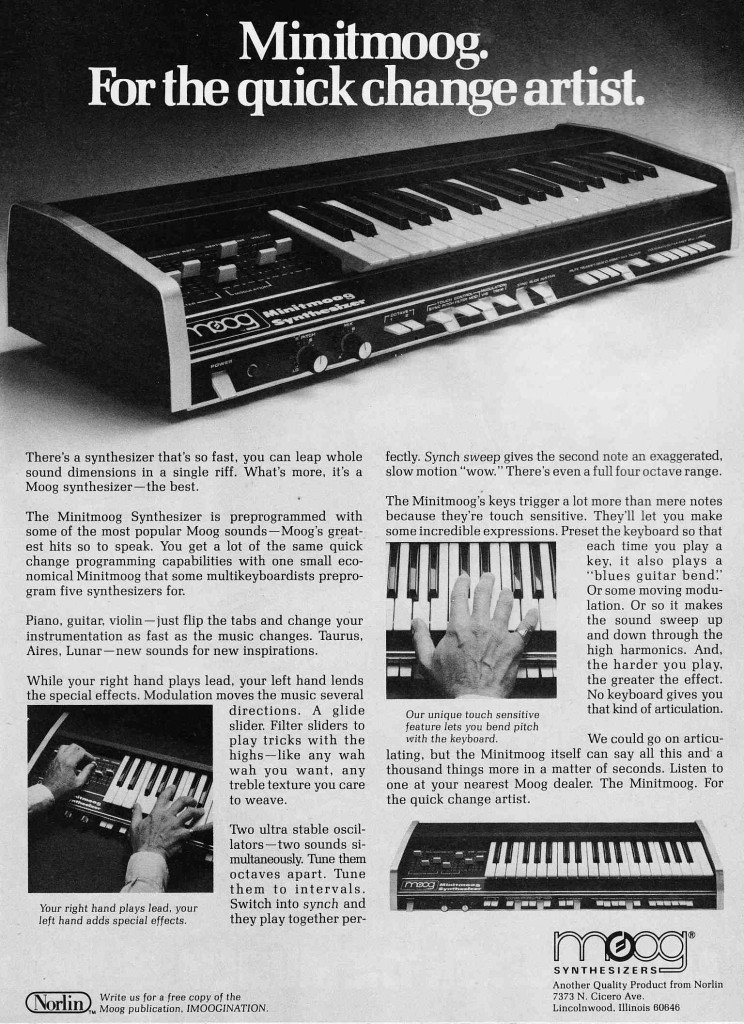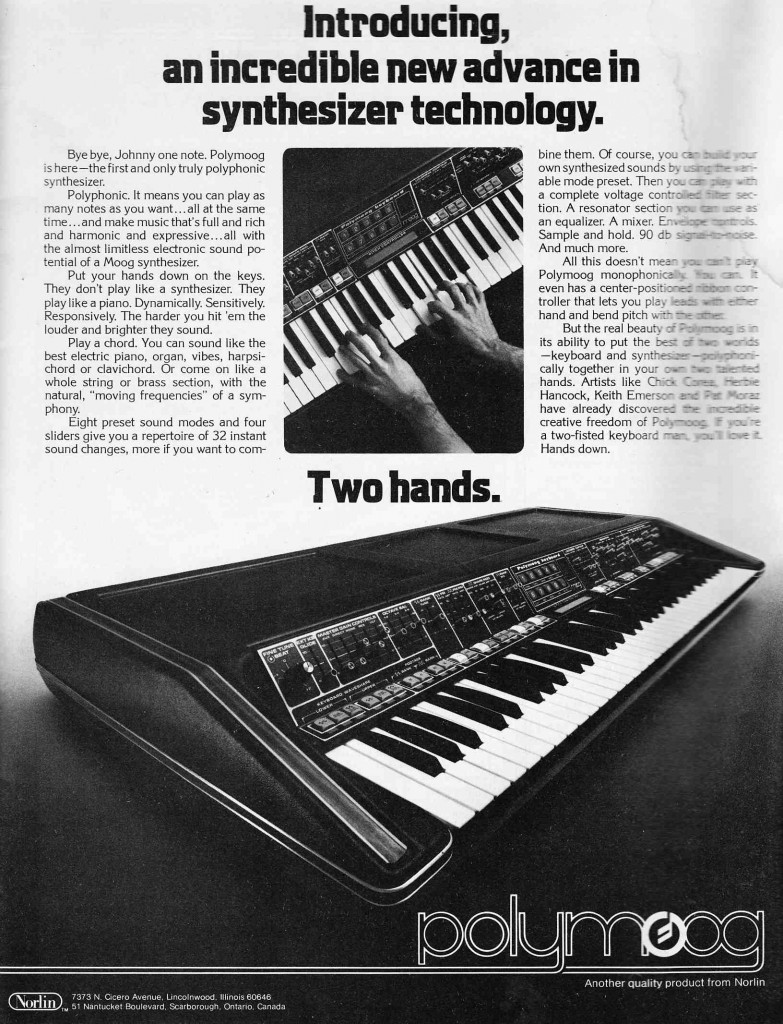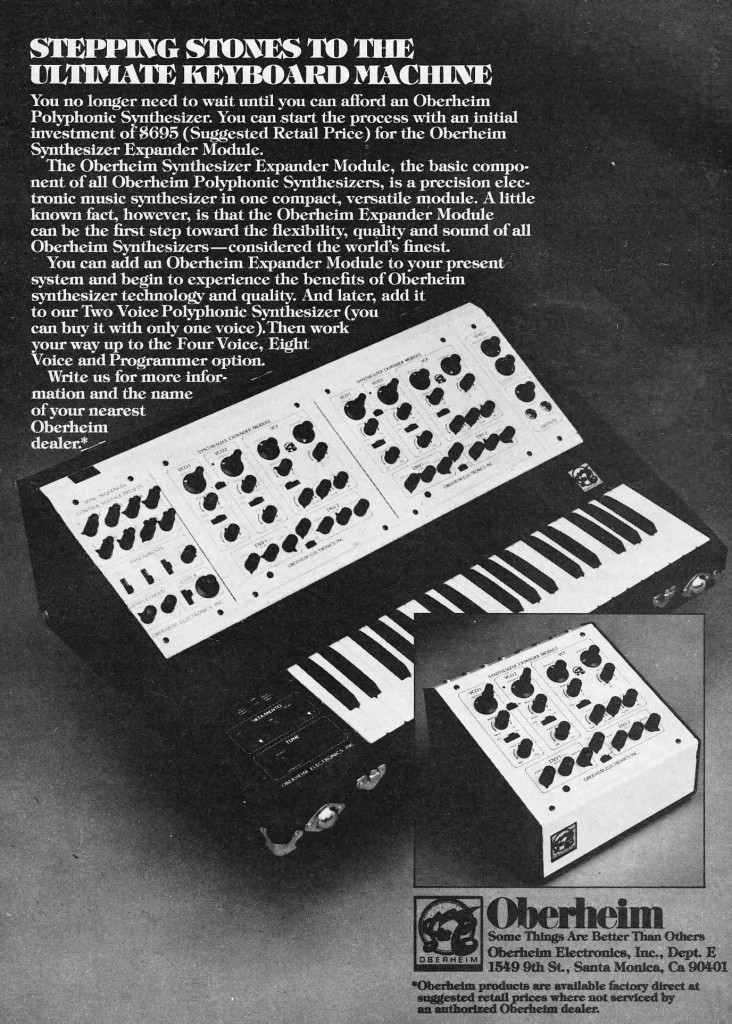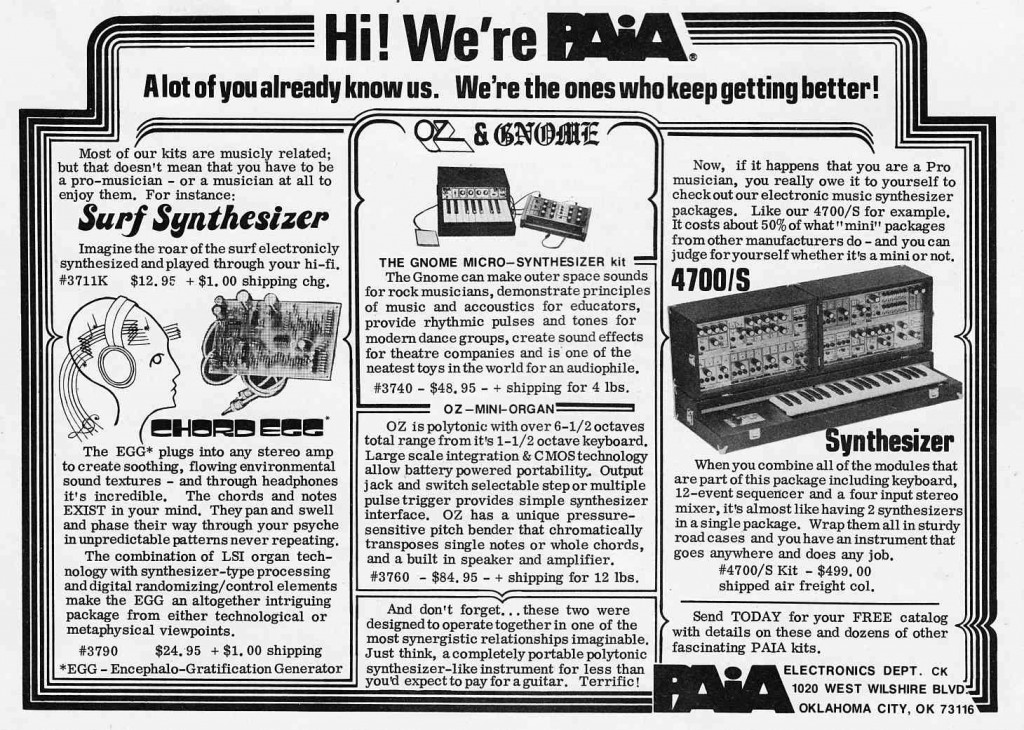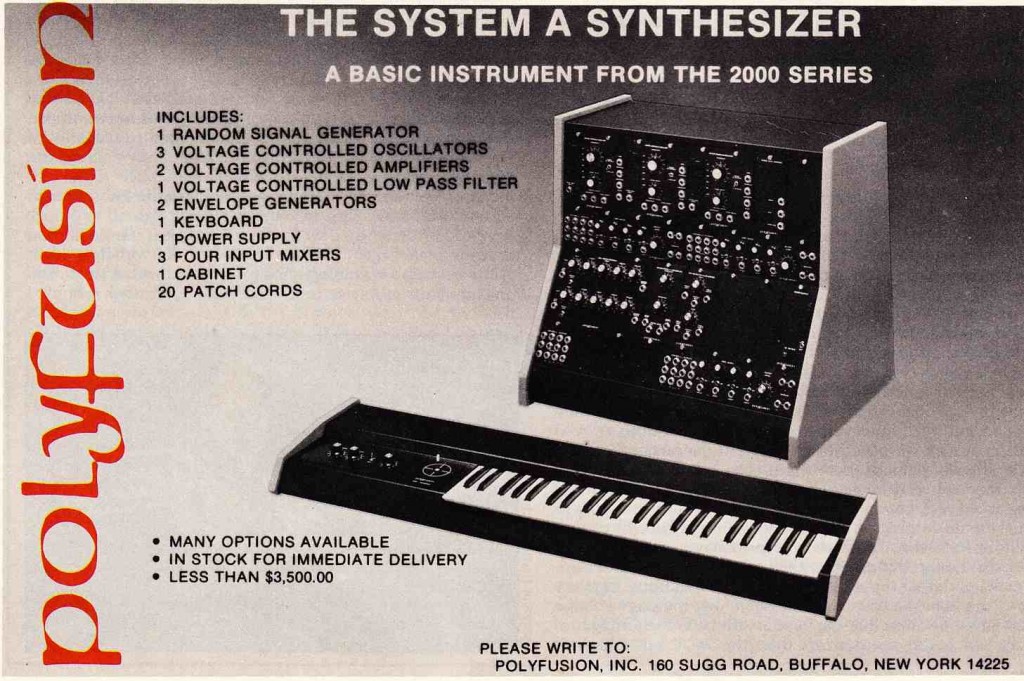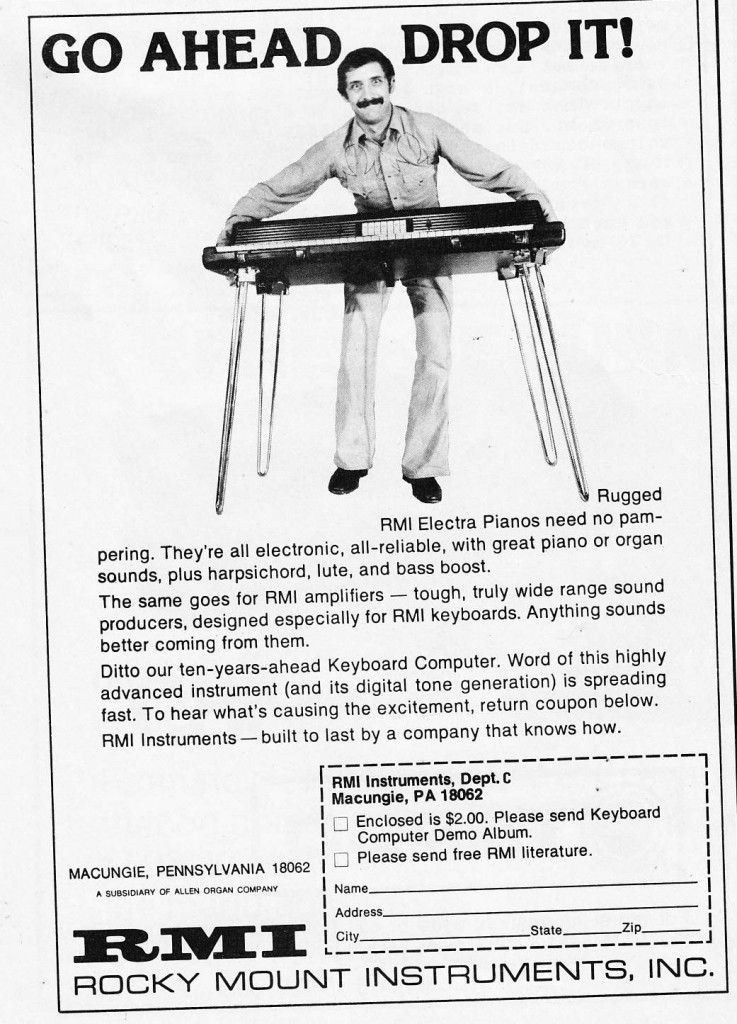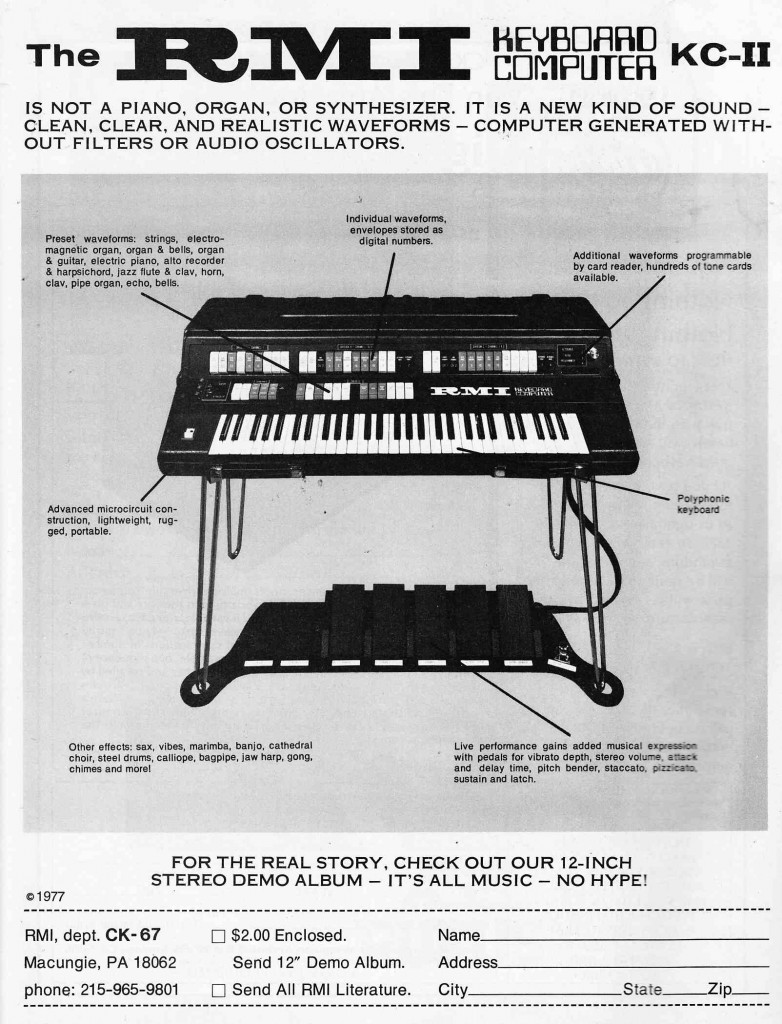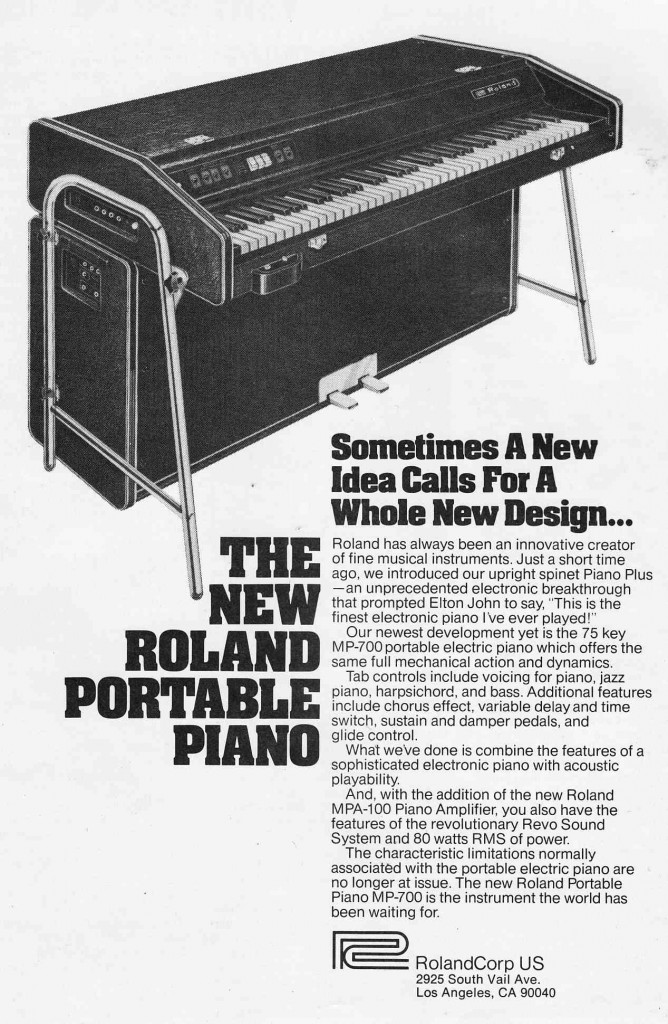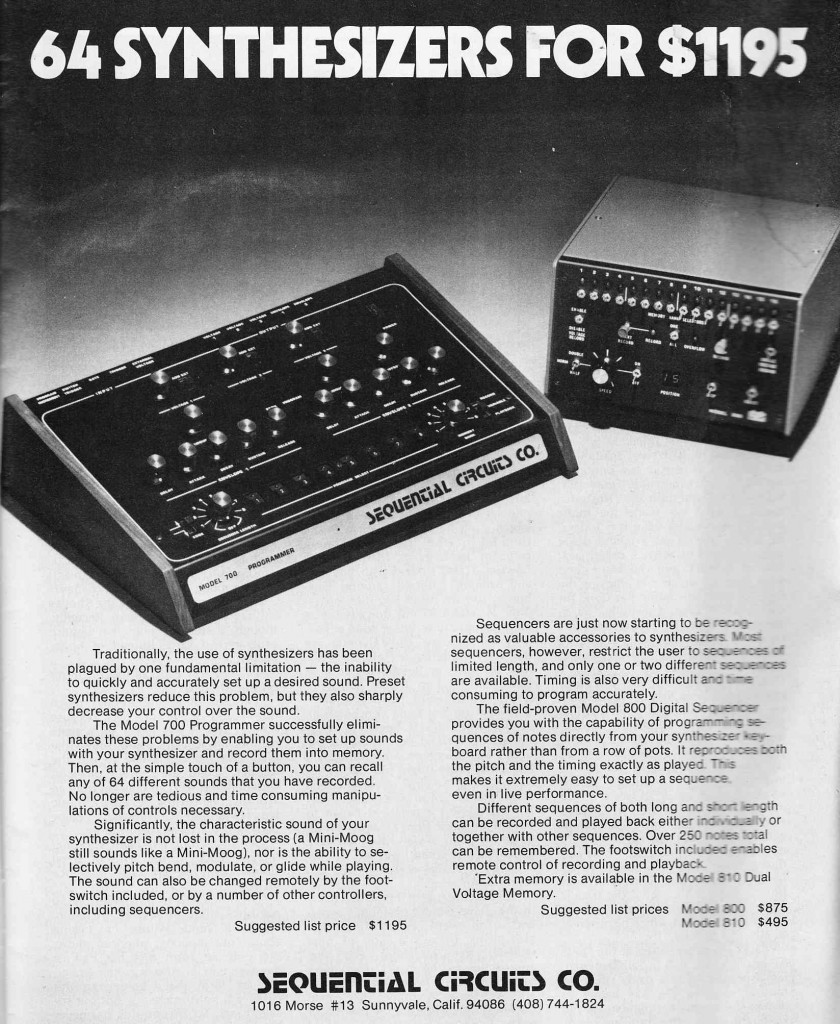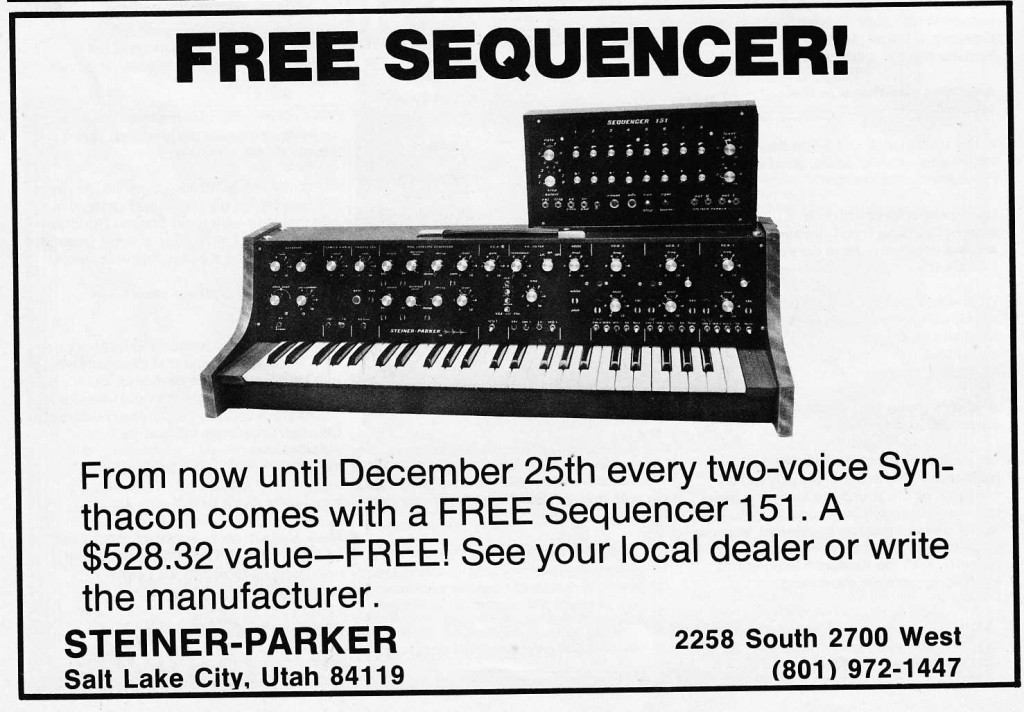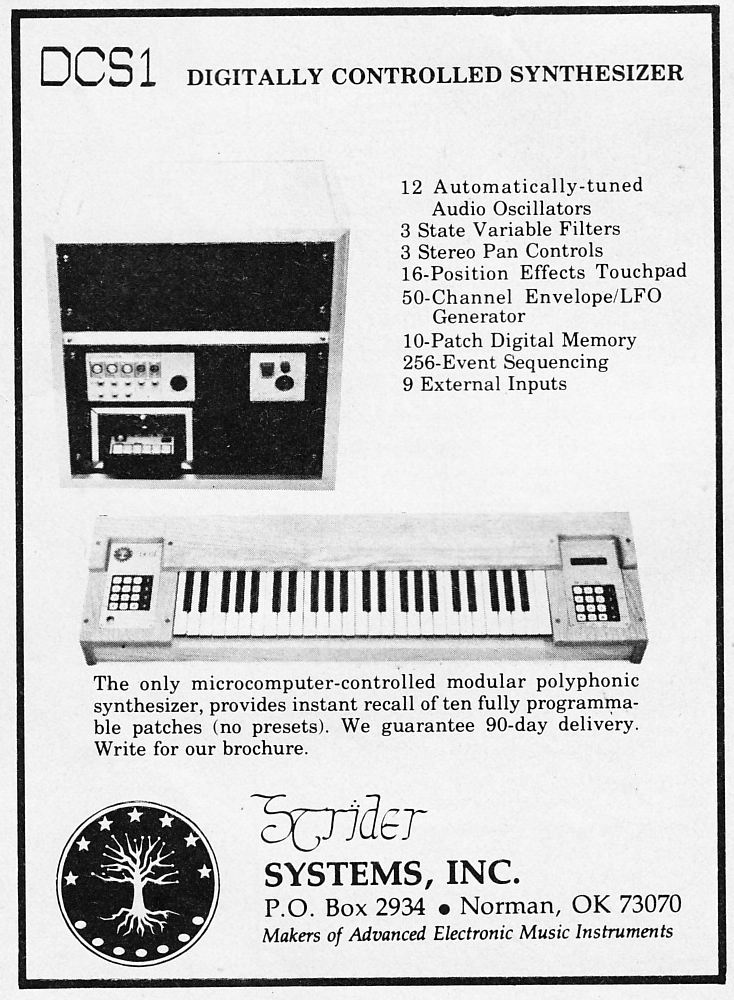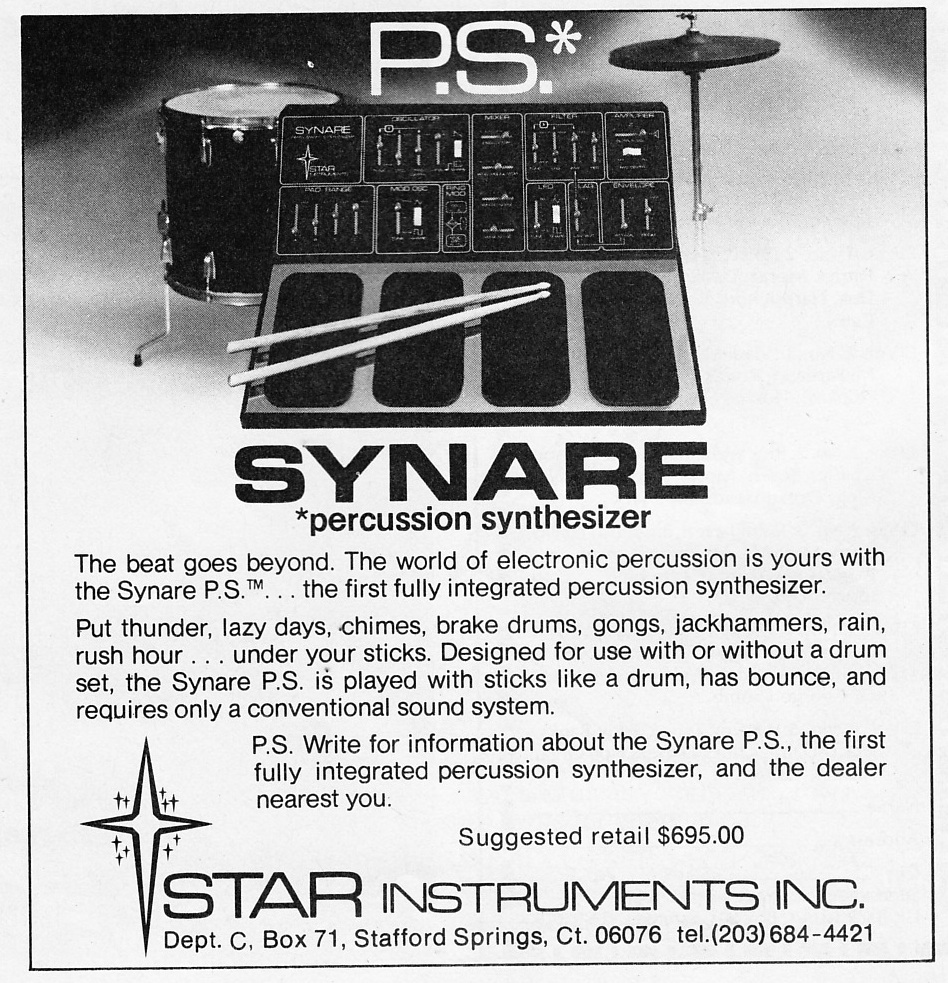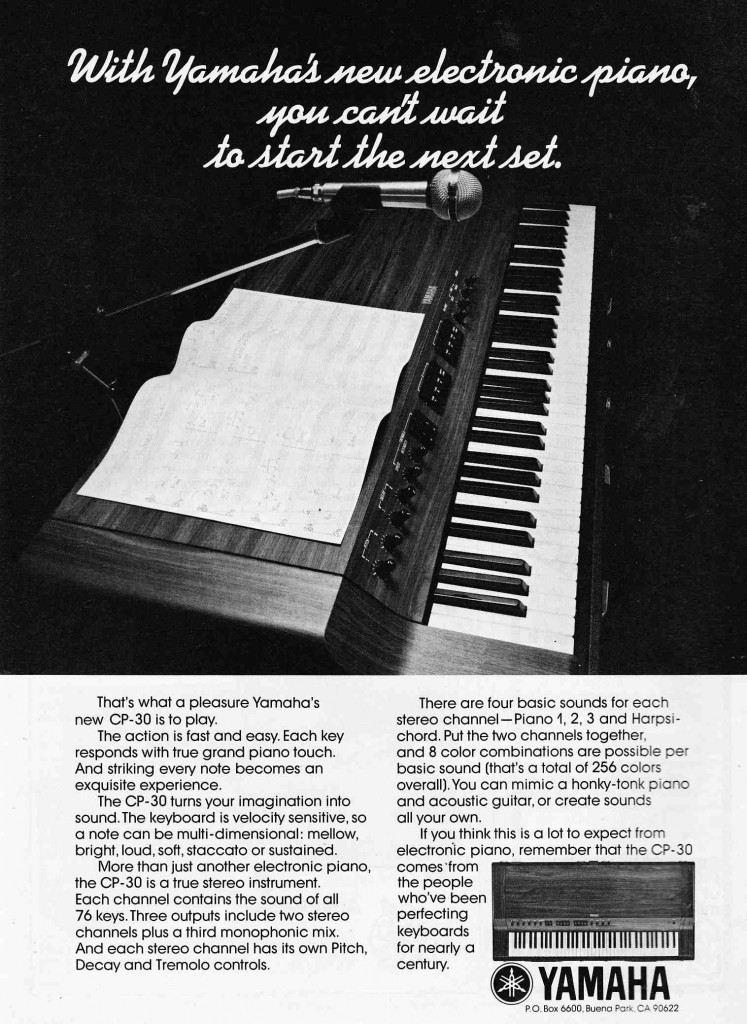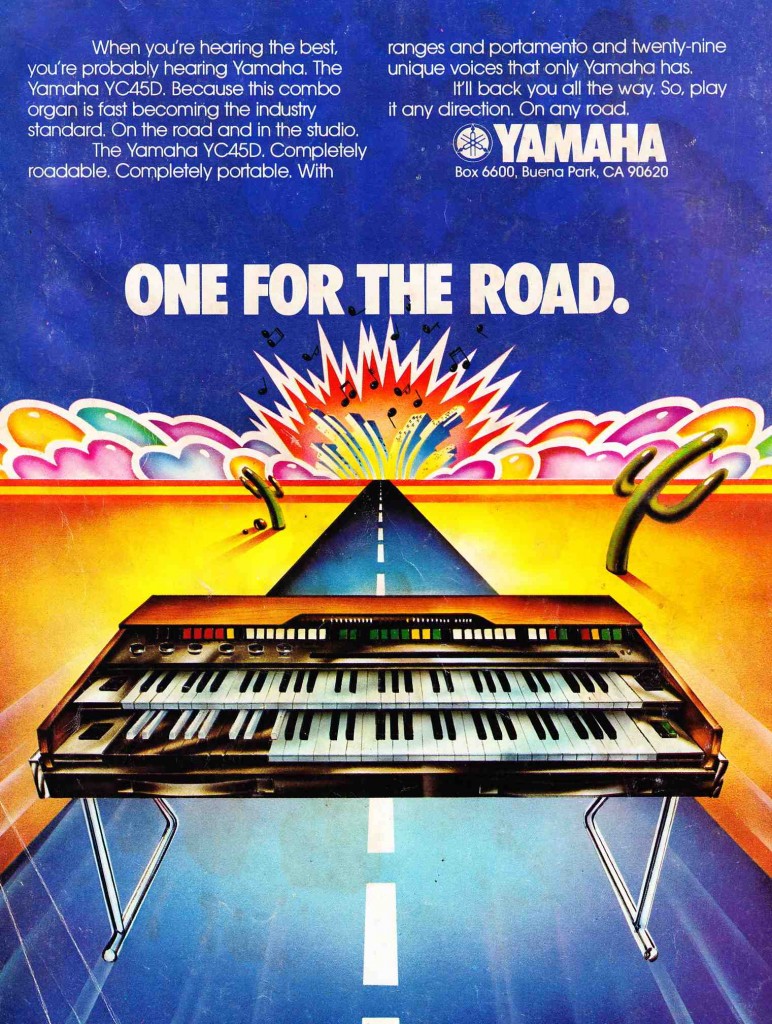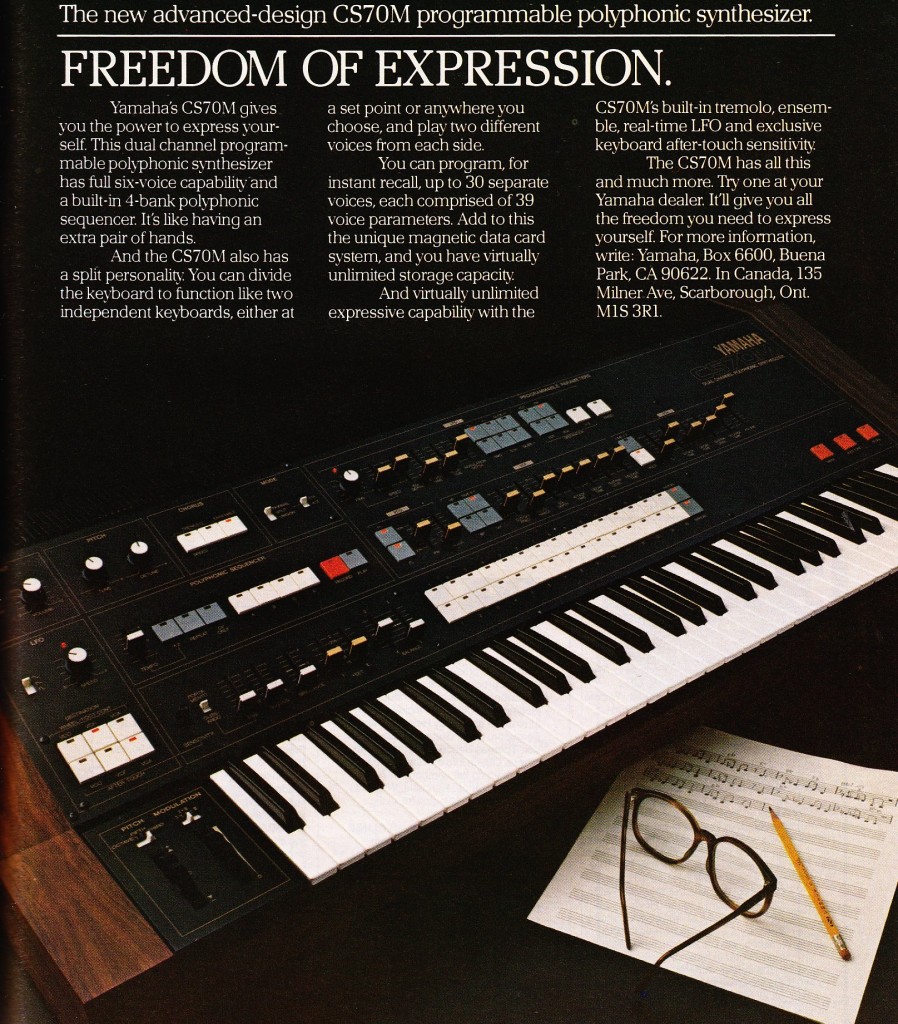 Above: The Yamaha CS70m (1982)
Above: The Yamaha CS70m (1982)
Today on PS dot com: some oddball keyboards from 1980-1982. Check out the incredible heterogeneity of the offerings here: analog monosynths, analog polysynths, electric organs, electro-acoustic pianos, analog “electronic pianos,” and super-high-end digital workstations. In just one year, Yamaha would release the world’s first affordable digital synth, the DX7, and this would soon lead to the overwhelming popularity of the dreaded “Rompler” (Korg M1 anyone?): keyboards which were difficult for the player to easily program. The result was two decades of generic, predictable synthesizer sounds appearing in much pop and rock music. Luckily, we now have affordable, easy-to-use analog synths again (most notably from KORG); and those shitty old romplers? Personally, I run mine (a Kawai K-1) through a whole string of guitar pedals, chop+slice, and sometimes that’s just the sound the track needs…
Below: Synclavier II, one of the two ‘popular’ early digital super-synths, introduces control software (1981) to allow easier programming; Rhodes Mark III EK-10, one of the last of the original mechanical Rhodes pianos (1980); Oberheim polyphonic sequencer for CV/Gate synths (1981); Moog THE SOURCE analog monosynth with digital patch memory (1981); The Kustom 88 ‘electronic piano’ (1981); Hohner Pianet T Electric ‘Piano’ (more like an electric glockenspiel IMHO) (1981); The Fairlight CMI digital workstation, the other early digital monster (1982); EKO bass pedal board (1981); The Crumar Toccata electric organ (1981) and DP-50 electronic piano (1982).
*******
***
We had a SOURCE when I was a kid (around 1993, JR?) and it was impossible to get it to play in tune; I briefly had a Pianet T and WOW do I regret selling it: i’ve had just about every model of Pianet and I can say with total confidence that the T is the one to get. Smaller, less hassle, passive electronics… I really wouldn’t advise fkkn around with the earlier models. Besides those two, I’ve never used any of these. Anyone using ’em these days? Shit, anyone using an M-1 these days? Send us some modern tracks with fresh use of the M-1? There’s a zillion of those things out there, someone’s gotta bring em back…
